Final Resting Place
1764
Two hundred yards north of the intersection of Rte. 9 and Revolutionary Rd. lies a two-acre parcel of land where some of Ossining’s earliest history is buried. Sparta Cemetery is the oldest organized burial ground in Ossining, begun before the Revolutionary War. It is the final resting place of many of Ossining’s first settlers of English, Dutch, and French Huguenot heritage, Revolutionary War through World War II veterans, and the Old Leather Man. The oldest legible tombstone is that of five-year-old Sarah Ladew from 1764. The most recent interment was in 2007.
The cemetery originally served as the burial ground for the First Presbyterian Church of Mount Pleasant, the forerunner of the First Presbyterian Church of Ossining. The first church building was built in 1768 next to the burial ground. Both were located on the tenant farmland of Arnold Hunt, and the land was exempt from his land purchase (that is, set aside for the Church) by the Commissioners of Forfeiture in 1785. Although damaged in the Revolutionary War, the church building served its purpose until around 1800, when the congregation moved to a new church built in the village of Sing Sing. Moses Ward, one of Sing Sing’s founding fathers, had donated land for that purpose in Pleasant Square (the intersection of Highland, Croton, Main, and Broadway). Both Arnold Hunt and Moses Ward are buried in Sparta.
A key point of interest is the Ladew family plot. It is the only plot that is enclosed by a brick wall, the west façade of which incorporates all five headstones in the wall. Two of the most famous tombstones are those of Abraham and Anna Ladew’s children—five-year-old Sarah and seven-year-old Abraham. Sarah’s stone is noted as the oldest legible in the cemetery, but Abraham’s is even more famous for another reason: a hole in the surface. Legend has it that in 1780 the headstone was pierced by cannon fire from the British war ship Vulture, patrolling the Hudson River during the Revolutionary War. A plaque has been installed in its place.
In 1808, the state legislature confirmed cemetery ownership by the Trustees of the Presbyterian Church and their successors. Sparta was the principal burying ground in the area for several years. Church members and people not affiliated with the church are buried there. In the mid-nineteenth century, the cemetery fell into neglect. The much larger Dale Cemetery was founded in 1851 and may have become the resting place of choice for many Ossining residents.
In the late nineteenth century, the Presbyterian Church stepped in to improve conditions at the cemetery. In 1936, the Ossining Historical Society repaired and reset some of the older stones, and in 1939 assumed the responsibility of maintaining the cemetery with financial support from the church. In 1984, ownership was transferred to the Ossining Historical Society Museum, and the cemetery was listed on both New York State and National Registers for Historic Places. In 2012, ownership was transferred to the Town of Ossining.
Although located alongside the very busy Rte. 9, Sparta Cemetery remains a peaceful place. It is easy to pass an hour or two walking among its headstones, making out the names and inscriptions that time is slowly erasing.
—Martha Mesiti
Before
Years of dirt accumulated on Sparta Cemetery headstones.
After
Using a special solution, volunteers were able to refresh the stones for the future.
The Old Leather Man
The Leather Man was a 19th-century nomad who walked a looping route through northern Westchester County and southern Connecticut. He passed away in a cave in the Town of Mount Pleasant and is buried in Sparta Cemetery. The boulder honoring his burial has become a destination for those paying tribute to this unfettered spirit.







